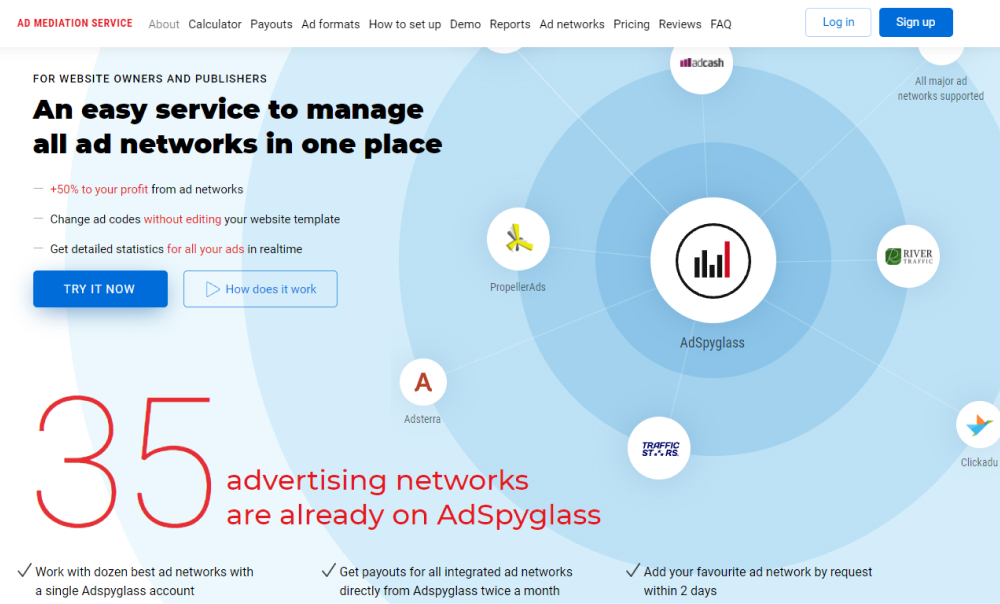ccTLD is the abbreviation for country code top-level domain. Every country has its domain extension assigned to it based on ISO 3166-1 country codes. All ccTLDs have just two characters, and the first ones that were delegated in 1985 were the United States (.US), United Kingdom (.UK), and Italy (.IT).
A few ccTLDs are restricted for use by only citizens of the country, such as Canada’s .CA. However, most of them have an open registration policy. Some other ccTLDs have been branded for alternative use. An example of this is Tuvalu’s .TV domain that is now used for online videos. Also, some of these ccTLDs are used generically, that Google views them as gccTLDs (generic country code top-level domain).
Why It Matters
ccTLDs are essential for international SEO. It is the best way to let search engines know that a website’s content explicitly targets people in a specific region or country. However, it doesn’t target a particular language.
When a website uses a ccTLD, Google (search engines generally) gets the feeling that the website and its content are relevant specifically to the country whose ccTLD it uses. So, the website is more likely to appear on SERPs that relate to that country.
